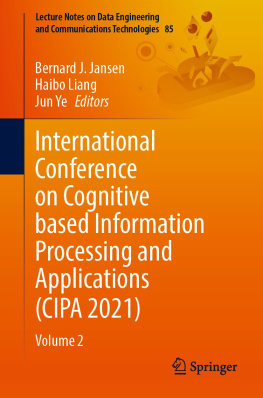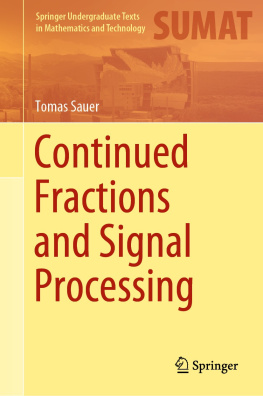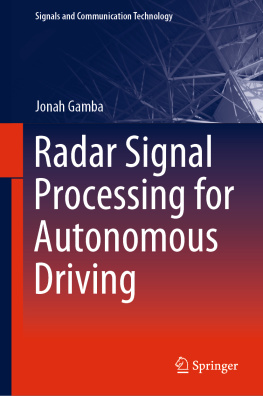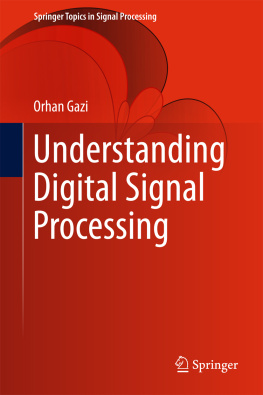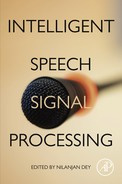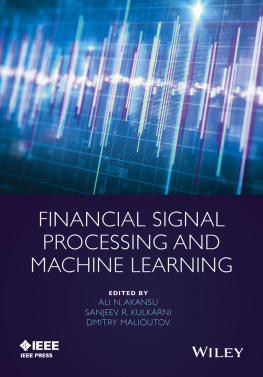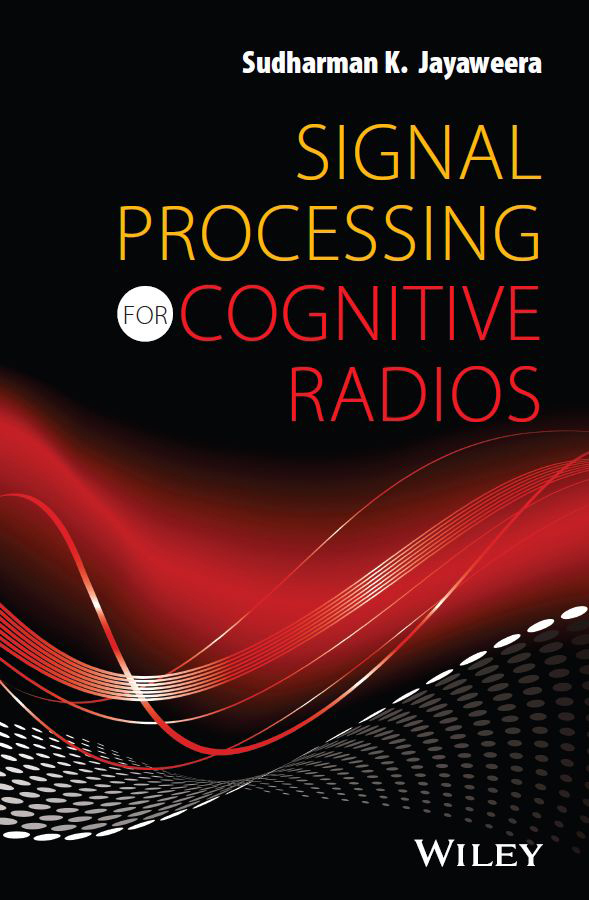
CONTENTS
List of Tables
- Chapter 06
- Chapter 11
- Appendix C
List of Illustrations
- Chapter 01
- Chapter 02
- Chapter 03
- Chapter 04
- Chapter 06
- Chapter 07
- Chapter 08
- Chapter 09
- Chapter 10
- Chapter 11
- Chapter 12
- Chapter 13
- Chapter 14
- Chapter 15
- Chapter 16
- Appendix A
Guide
Pages
SIGNAL PROCESSING FOR COGNITIVE RADIOS
SUDHARMAN K. JAYAWEERA
University of New Mexico

Copyright 2015 by John Wiley & Sons, Inc. All rights reserved
Published by John Wiley & Sons, Inc., Hoboken, New Jersey
Published simultaneously in Canada
No part of this publication may be reproduced, stored in a retrieval system, or transmitted in any form or by any means, electronic, mechanical, photocopying, recording, scanning, or otherwise, except as permitted under Section 107 or 108 of the 1976 United States Copyright Act, without either the prior written permission of the Publisher, or authorization through payment of the appropriate per-copy fee to the Copyright Clearance Center, Inc., 222 Rosewood Drive, Danvers, MA 01923, (978) 750-8400, fax (978) 750-4470, or on the web at www.copyright.com. Requests to the Publisher for permission should be addressed to the Permissions Department, John Wiley & Sons, Inc., 111 River Street, Hoboken, NJ 07030, (201) 748-6011, fax (201) 748-6008, or online at http://www.wiley.com/go/permissions.
Limit of Liability/Disclaimer of Warranty: While the publisher and author have used their best efforts in preparing this book, they make no representations or warranties with respect to the accuracy or completeness of the contents of this book and specifically disclaim any implied warranties of merchantability or fitness for a particular purpose. No warranty may be created or extended by sales representatives or written sales materials. The advice and strategies contained herein may not be suitable for your situation. You should consult with a professional where appropriate. Neither the publisher nor author shall be liable for any loss of profit or any other commercial damages, including but not limited to special, incidental, consequential, or other damages.
For general information on our other products and services or for technical support, please contact our Customer Care Department within the United States at (800) 762-2974, outside the United States at (317) 572-3993 or fax (317) 572-4002.
Wiley also publishes its books in a variety of electronic formats. Some content that appears in print may not be available in electronic formats. For more information about Wiley products, visit our web site at www.wiley.com.
Library of Congress Cataloging-in-Publication Data:
Jayaweera, Sudharman K., 1972
Signal processing for cognitive radios / Sudharman K. Jayaweera.
pages cm
Includes index.
ISBN 978-1-118-82493-1 (hardback)
1. Cognitive radio networks. 2. Signal processing. I. Title.
TK5103.4815.J39 2015
621.3822dc23
2015020555
To my mother (Amma) Mulin
and my son
Milidu
PREFACE
Arguably, it is signal processing that makes a cognitive radio cognitive. Its predecessor, software-defined radio (SDR) technology, already provides a software-reconfigurable device platform by implementing most baseband radio operations in software instead of in hardware. Cognitive radios are meant to be SDRs that are cognitive and intelligent. Acquisition of knowledge through learning is a common aspect of both cognition and intelligence, while self-awareness and reasoning (application of acquired knowledge) are perhaps distinctive features of cognition and intelligence, respectively. A cognitive radio, thus, is supposed to possess all these features: self-awareness, learning, and reasoning. Clearly, these are attributes that a radio can possess mostly through signal processing. It is the signal processing algorithms, implemented on an SDR platform, that will endow a radio with self-awareness, learning, and reasoning abilities.
There are many books devoted to cognitive radios. However, none are devoted to signal processing in cognitive radios. This book is an attempt to highlight the fundamental role of signal processing in cognitive radios. One may identify two types of signal processing within a cognitive radio: signal processing for gaining spectrum awareness and signal processing for achieving efficient communications. Many processing algorithms that fall under the latter are already present in all wireless communications systems and devices. However, signal processing for spectrum awareness is unique to cognitive radios. These are aimed at providing the cognitive radio with self-awareness, a necessary ingredient of cognition. Attempting to comprehensively cover signal processing of both these types in a single book is perhaps an unrealistic goal. Moreover, it is unnecessary given the fact that there are many excellent books devoted to signal processing in wireless communications systems. Hence, the focus of this book is on signal processing that is unique to a cognitiveradio. Not surprisingly, signal processing for gaining spectrum awareness constitutes a bulk of this focus. Still though, there are certain advanced signal processing techniques aimed at achieving efficient communications that are realistically well suited for implementations on sophisticated devices such as cognitive radios, thus deserving to be included in a book on signal processing for cognitive radios. An example is the advanced cooperative communications and processing techniques.
Any radio that is simply cognitive and intelligent can be considered as a cognitive radio. Hence, the notion of cognitive radios is a broad concept. Depending on the application context and the type of communications network in question, cognition and intelligence in a cognitive radio may be directed at achieving different objectives. One such widely pursued objective is the development of radios that may coexist with licensed spectrum users through dynamic spectrum sharing (DSS). However, there are other useful objectives as well, including, among others, multiband/multimode operation and antijamming. In general, such cognitive radios may be taken to be wideband radios in the sense that they may be able to operate over a wide span of non-contiguous spectrum. By default, the cognitive radios in this book are such wideband radios whose cognition and intelligence are aimed at arbitrary performance objectives. The DSS cognitive radios are treated as an important special case.
I would like to thank my former graduate students Mario Bkassiny, Yang Li, and Tianming Li whose pursuit of graduate research on the topic of cognitive radios led to much of the new results in this book. In particular, this book would not have been possible without the help of Mario, Yang, and Ding Li (another former graduate student of mine), who helped me in preparing many diagrams and figures for the book. I cannot thank them enough. I would also like to thank Prof. Christos Christodoulou, my colleague at the ECE Department of UNM, for the opportunity to collaborate with him on cognitive radio research as well as his encouragement during this book writing project. I am grateful for Prof. Carlos Mosquera of the University of Vigo, Spain, and his wife Vicky for their friendship and support during the times that I spent in Vigo. You gave me much needed distraction to get through the tough times while still keeping the interest in working on CR research. I must mention Prof. Hyuck Kwon's help with some of the proof-reading and my friend Thusitha Liyanage for checking on me time-to-time when I was too absorbed in work to keep in touch with any friends.
Next page


